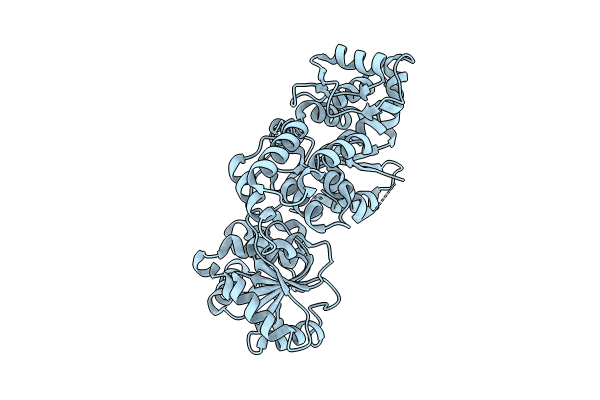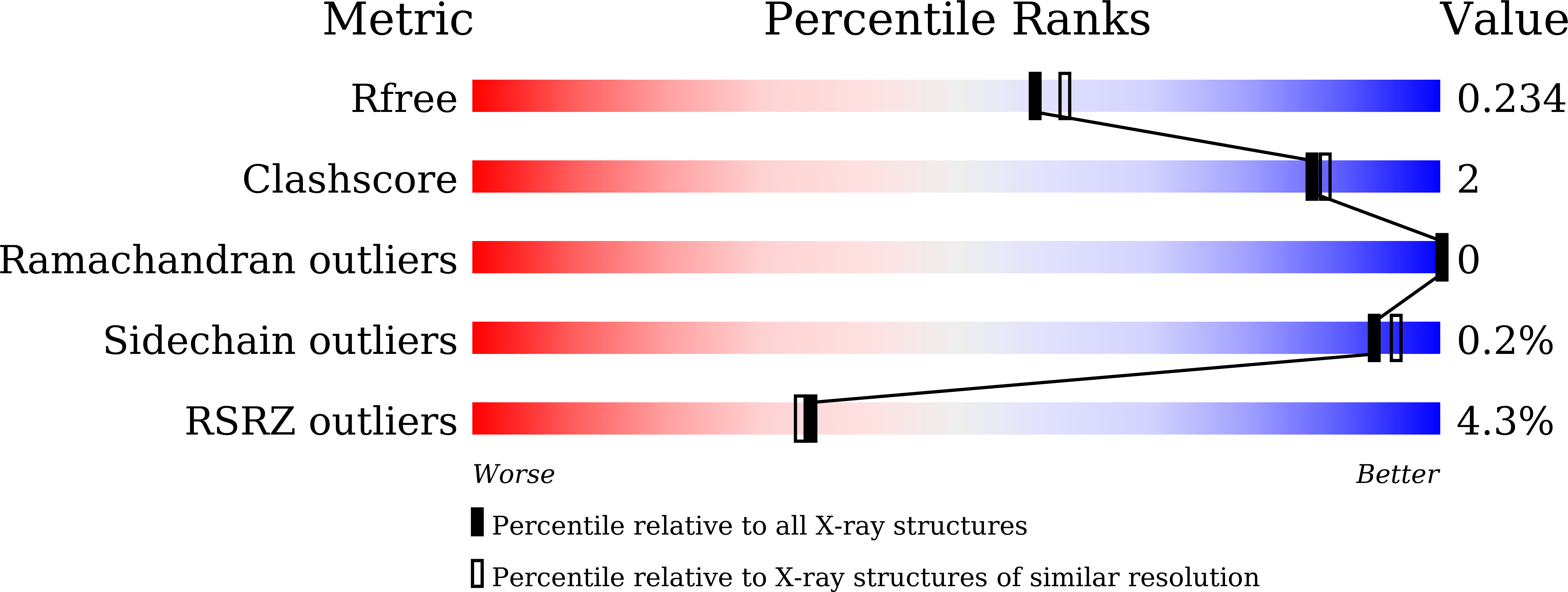
Deposition Date
2023-03-24
Release Date
2024-01-31
Last Version Date
2024-11-20
Entry Detail
Biological Source:
Source Organism:
Bacillus cereus (strain VD045) (Taxon ID: 1053225)
Host Organism:
Method Details:
Experimental Method:
Resolution:
2.00 Å
R-Value Free:
0.23
R-Value Work:
0.19
R-Value Observed:
0.19
Space Group:
P 21 21 21


